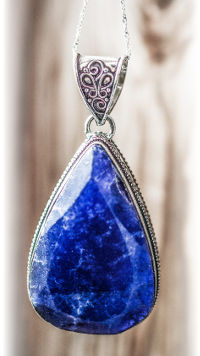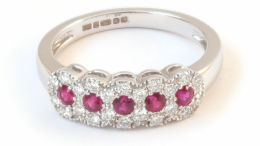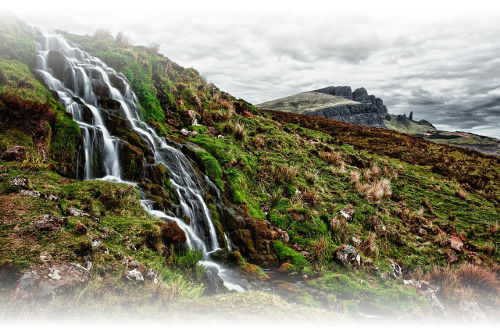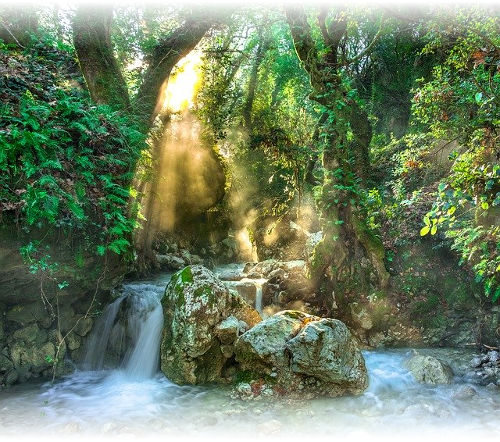Sapphire is commonly associated with the colour blue and it is one of the precious gemstones. It is also one of the two corundum gemstones, the other being Ruby. Routinely used in jewellery, sapphires can appear in an impressive range of varieties. One particularly well known sapphire is the Logan Sapphire, a whopping 423 carat gemstone.
Colour

Secondary hues are quite common for Sapphires. Purple, violet, and green are the most frequently encountered ones. In addition, there are also colour-changing sapphire stones. These gemstones, will exhibit different colours, dependent on the light conditions: For instance, they may appear to be blue in daylight, while indoor lighting will cause them to look purple. These varieties, however, are the rarest naturally occurring sapphires.
Interestingly, a sapphire cannot be red. This is because red corundum would simply be known as a Ruby.
Value
The value of a natural sapphire depends on many factors: Colour, size and cut are all important. General quality of the stone is also considered, and gemstones of particularly high quality can often benefit from having a respected laboratory determining their actual quality.
One interesting aspect of Sapphires is that heat treatment can improve a natural Sapphire's colour and clarity, although not all varieties benefit from it – some simply do not require it as they are visually appealing enough on their own.
Sources
Sapphires can be mined all over the world. Mining locations include countries such as Afghanistan, Australia, China, Nigeria, Thailand, the United States and Colombia. There are many more locations and one interesting aspect of it is that sapphires can have different appearances and impurities depending on their geographic location. This can also affect the gemstone's commercial value: Certain stones considered to be more visually appealing may come from specific areas. For instance, a Sri Lankan sapphire may be seen as more desirable due to its visual characteristics and thus achieve a higher value on the market.
Use
Sapphires are commonly used in jewellery, but thanks to their high hardness and scratch-resistant surface they can be used for windows as well. One such application lies in watches, where a sapphire glass can be quite convenient: A daily worn watch may come in contact with many different surfaces, some of which more abrasive than others, making a scratch-resistant glass a useful feature for a high-end watch. On the downside for sapphire glass is a higher price and it is more prone to shattering than mineral glass if the watch window is subjected to a harsh knock.









